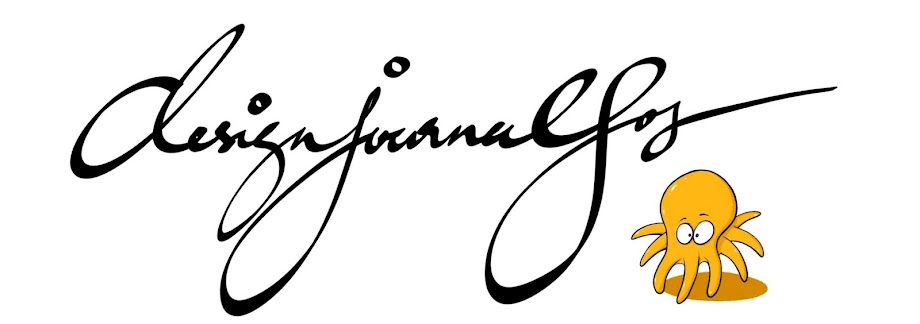In the world of design, the most delightful features often emerge without intention. A typical outdoor café table, at first glance, offers little more than a surface for your coffee. But on closer inspection, it reveals a serendipitous design that perfectly serves an unintended purpose.
Accidental Design Meets Urban Convenience While sipping on my long black at a local café, I stumbled upon a design quirk that turned a simple table into a haven for my sling bag. Nestled between the wooden planks was a gap that cradled my bag off the ground – a detail seemingly tailor-made for the bustling urbanite.
Design That Understands Daily Life This encounter serves as a reminder that design doesn't end with intention. It lives and evolves in the everyday interactions we have with the objects around us, often solving problems we didn't know we had.
Have you ever come across a design in your daily life that seemed to understand your needs before you did? A notch on a bench that secures your bike, a shelf that’s just the right height for your keys? I invite you to share these moments of unexpected convenience.
Unintended design features are the unsung heroes of our daily grind, offering ease and efficiency where we least expect it. Let's take a moment to celebrate these small victories that make our days a bit easier.






